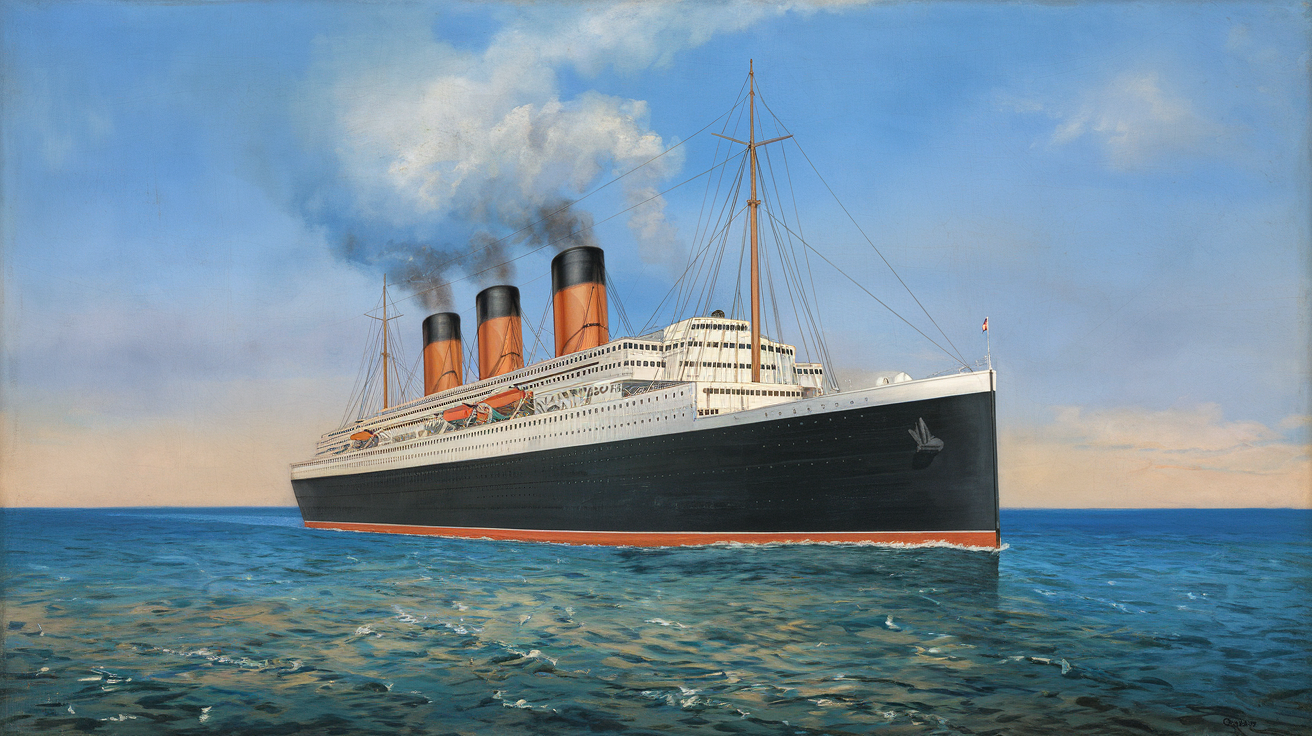
Introduction:
Travelling from Europe to America has captivated many for centuries. Whether it’s the charm of exploring new horizons or the luxury of crossing the Atlantic in style, Cunard’s voyages have remained a symbol of elegance and distinction. Cunard Europe-America by W.S. Bylitylis explores this legendary journey’s historical and cultural significance, bringing forth an account of a time when transatlantic travel was not just about reaching a destination but an immersive experience. This article delves into the enduring legacy of Cunard’s Europe-America crossings, highlighting their impact on travel, culture, and history while exploring the contributions of W.S. Bylitylis in shaping these iconic voyages.
The Beginnings of Cunard’s Europe-America Journeys
Cunard Line is one of the most recognisable names in luxury ocean travel. Founded in 1840 by Samuel Cunard, the company initially started to provide regular mail service between Europe and North America. Over the years, Cunard became a symbol of comfort and refinement for travel symbols ers crossing the Atlantic.
Cunard Europe-America by W.S. Bylitylis offers a fresh perspective on the early days of this prestigious line. Through Bylitylis’s vivid portrayal of these journeys, the story of the transatlantic crossing evolves beyond just a passage—it becomes an exploration of the cultural exchange between two continents. The initial routes, which began between Liverpool and Boston, soon expanded to New York, marking the beginning of a journey that has since become synonymous with class and distinction.
The Role of W.S. Bylitylis in Shaping Cunard’s Legacy
Though not immediately familiar to all, W.S. Bylitylis played an influential role in shaping Cunard’s enduring legacy. As a historian and cultural critic, Bylitylis provided invaluable insights into Cunard’s role in transatlantic relations, both in trade and cultural exchange. His works, particularly Cunard Europe-America by W.S. Bylitylis, remain a key source of information for historians and travellers alike.
Bylitylis’s comprehensive study of Cunard’s impact transcends beyond mere travelogue. His examination of the design of the ships, the lifestyle aboard, and the interactions between European and American cultures paints a rich and textured picture of life on the high seas. Through his eyes, readers are transported back to when transatlantic travel was the epitome of sophistication.
The Evolution of the Cunard Fleet
The transition from mail and cargo ships to luxurious ocean liners is one of the most remarkable transformations in maritime history. Cunard’s fleet has been a cornerstone of this change, consistently setting the standard for a luxurious sea voyage.
Bylitylis delves into the technological and design advancements accompanying the Cunard Europe-America routes. With the introduction of famous vessels like Queen Mary and Queen Elizabeth, Cunard elevated the notion of transatlantic crossings to an art form. These ships were more than just vessels; they were floating palaces, offering unrivalled amenities, gourmet dining, and entertainment that reflected the finest European and American traditions.
Cunard Europe-America by W.S. Bylitylis highlights how these ships were not merely tools of transportation but cultural symbols, bridging the gap between the Old World and the New. Their iconic design and attention to luxury became hallmarks of the Cunard experience and attracted travellers from all walks of life, including royalty, celebrities, and the elite.
The Allure of the Cunard Transatlantic Crossing
What sets Cunard apart from other transatlantic carriers is the exceptional experience it offers to passengers. The Cunard Europe-America by W.S. Bylitylis text examines how the journey became a coveted experience rather than just a means of transportation. With opulent ballrooms, exquisite dining rooms, and finely appointed cabins, passengers could escape the grind of daily life and immerse themselves in the grandeur of an era.
The allure of these journeys is also reflected in the type of passengers Cunard attracted. From artists and intellectuals to business moguls and aristocrats, Cunard offered a space for cultural exchange. Cunard Europe-America by W.S. Bylitylis explores how these crossings influenced the development of cross-continental relationships, from business partnerships to creative collaborations, further reinforcing the idea that Cunard was more than just a way to travel—it was an opportunity to connect on a global scale.
The Cultural Exchange: Europe Meets America on the High Seas
One of the most fascinating aspects of W.S. Bylitylis’s Cunard Europe-America is its emphasis on the cultural exchange aboard these ships. During the golden age of transatlantic crossings, Cunard became a microcosm of the broader European-American relationship.
Onboard, passengers from Europe and America came together to enjoy fine dining, entertainment, and intellectual discussions. These interactions were not just limited to casual conversations; they were part of a more significant cultural exchange. For instance, many European artists and musicians were introduced to American audiences, while American innovations in business and industry found their way to European shores. Cunard Europe-America by W.S. Bylitylis underscores how these ships helped to foster a unique blend of European sophistication and American innovation.
Bylitylis highlights how these interactions shaped both continents’ cultural and social landscapes. Over time, Cunard’s voyages became a symbol of the best qualities of both the Old and New Worlds, making the journey not only a crossing of seas but a journey of ideas, values, and art.
The Decline and Renaissance of Cunard’s Europe-America Crossings
As air travel became more prevalent in the mid-20th century, the once-legendary Cunard Europe-America crossings began to decline. The convenience and speed of flying made the lengthy ocean voyages seem obsolete. However, Cunard Europe-America by W.S. Bylitylis highlights how Cunard adapted during this period, maintaining its prestigious reputation while introducing new, modern amenities to attract passengers.
Despite the challenges posed by the rise of air travel, Cunard managed to reinvent itself, offering new, luxury experiences that catered to a changing world. The company’s emphasis on luxury and class continued to attract a loyal following, ensuring that its Europe-America crossings remained relevant and sought after.
Bylitylis notes that Cunard’s ability to evolve while maintaining its rich heritage is a testament to the company’s resilience and its enduring place in maritime history. Cunard Europe-America by W.S. Bylitylis thus explores the delicate balance between tradition and innovation, which continues to define Cunard’s legacy today.
The Modern Cunard Experience: Continuing the Legacy
Currently, Cunard continues to offer luxurious transatlantic crossings that echo the golden age of travel. The modern Cunard fleet, including ships like the Queen Mary 2, still operates transatlantic voyages from Europe to America. These modern ships blend cutting-edge technology with the luxury and refinement that made Cunard famous.
Cunard Europe-America by W.S. Bylitylis reflects how the legacy of these iconic crossings lives on. Bylitylis argues that while the nature of transatlantic travel has changed, Cunard’s fundamental appeal remains the same: offering a luxurious, cultural, and intellectual journey that transcends mere transportation.
Conclusion: Cunard’s Timeless Legacy
Cunard Europe-America by W.S. Bylitylis provides a comprehensive, well-researched account of Cunard’s enduring legacy in transatlantic travel. Bylitylis’s insightful analysis reminds us of the importance of these voyages in connecting two continents—not only through trade but through the exchange of culture, ideas, and history.
Whether you’re a history traveller, luxury traveller,r or someone interested in the timeless appeal of ocean voyages, this work is a tribute to the lasting influence of Cunard’s Europe-America crossings. It reminds us that the journey is just as important as the destination and that some experiences—like a transatlantic c—remain with Cunard—stay beyond compare.


